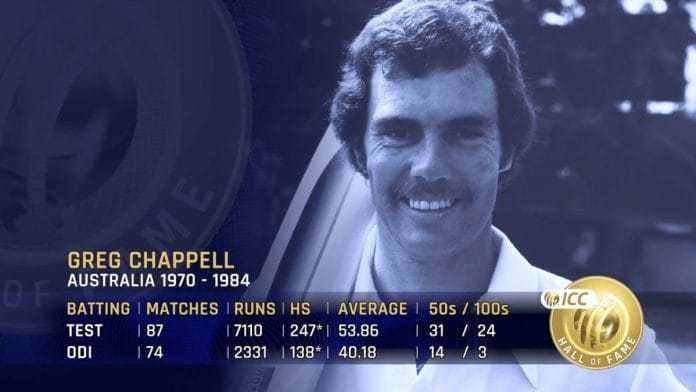Few years ago, on a visit to Australia I happened to be at the Bupa National Cricket Centre at Albion, Brisbane. Young kids at the centre were beaming with excitement. I soon found out the reason behind their excitement — a former Australian test captain was visiting to have a talk with them on batting. I asked if I could sit with the kids and listen to what this Australian captain had to say.
The session started and the first bit of knowledge that was imparted was about the positive mindset that a batsman must possess. The former cricketer said that if the first ball faced by a batter is a half volley, then it must be dispatched to the boundary for four runs. I was struck by the argument’s logic. Over the years, it was always considered best for a batter to be cautious at the beginning of the innings until one is settled to play the big shots. It is only in the 21st century that batters started playing shots from the first ball. But here was a former Australian captain and batter who had played in the 1970s. I marvelled at the positive mindset of this former cricketer.
The speaker at the cricket centre was Greg Chappell. His positive advice of not sparing a bad ball from the word go told me so much about his mindset. Great batters always think about dominating the bowlers and establishing their supremacy early in the innings. Chappell was one such batter.
Also read: Wasim Akram showed his class against the mighty West Indies. No Imran or Miandad by his side
The stroke maker
I have always believed that test batters fall into three categories. There is the hard hitter, who on his day murders the bowling order. Then there is the defiant player who tires a bowling attack and then dominates it. It is the third category that is the most pleasing to the eye. The stroke makers that caress the ball to the boundary and score as quickly as the hard hitter, but more elegantly. There is no doubt that Chappell was a wonderful example of the third category. He was pleasing to the eye and he was also a great accumulator of runs. He is the fifth highest run getter in a single test match. He scored 247 and 133 in a test match at Wellington against the Kiwis. This made Chappell part of an elite group of test batters to score a century in each innings of a test match. The proof of Chappell’s positivity as a batter was that he blossomed in his debut innings and scored a brilliant hundred on the fast bouncy wicket of Perth in an Ashes test match in 1970.
As all great batters, Chappell was consistent and had all the strokes in his kitty. He scored six consecutive half-centuries in a series against the mighty West Indians in 1976. The great Australian batter Sir Donald Bradman retired in 1948 scoring 6,996 runs and Chappell was the first Australian batsman to go past that tally. He scored more than 7,000 test runs. Chappell was part of a competitive Australian team and played test cricket between 1970 and 1984. Most cricket enthusiasts know that this era of cricket had arguably the best cricket team in history in the form of the West Indies. Chappell scored all his test runs at an average of 54 during a career span of 14 years, which is a statistical sign of greatness.
Chappell played in an era that brought about a revolution in the game of cricket in the form of World Series Cricket, a league organised by Australian media tycoon Kerry Packer between 1977-1979. Chappell along with his brother Ian and Dennis Lillee were instrumental in fighting for players’ rights when it came to remuneration. It would be difficult for the present generation of cricket enthusiasts to believe that there came a stage when Lillee found it impossible to play cricket and retain his day job, which was more crucial to him than cricket. It was the job and not cricket that used to pay the bills for the cricketers. When it came to players’ fees, the cricket administrators had crossed all levels of injustice and were totally unfair to the players. Gate collections at the MCG and SCG were at an all-time high during the 1970s and yet the cricket administrators were not giving enough monetary gain to the players. It was the Chappell brothers, Lillee and the mainstays of the 1970s Australian team that confronted the cricket administration to seek justice for the players. Chappell was instrumental in the success of this legitimate fight for better remuneration. World Series Cricket was a wake-up call for the cricket administrators and it paved the way for future generations of cricketers getting their rights as professional players.
Chappell played 14 years of test cricket and only once in 1971 he had a below average season. In three seasons, he had a test average of over a hundred. Chappell was a remarkably consistent batter. He is one of the few test players who scored a century in his debut inning as well as the final one. Chappell was a beautiful stroke player who commanded the respect as a batter from experts and fellow players of his era. He was easily the best Australian batter of his generation and arguably one of the best in the world at the time. It’s only fitting that the National Cricket Centre of Australia is located on 20 Greg Chappell Street in Albion.
Kush Singh @singhkb is founder, The Cricket Curry Tour Company. Views are personal.
(Edited by Ratan Priya)






